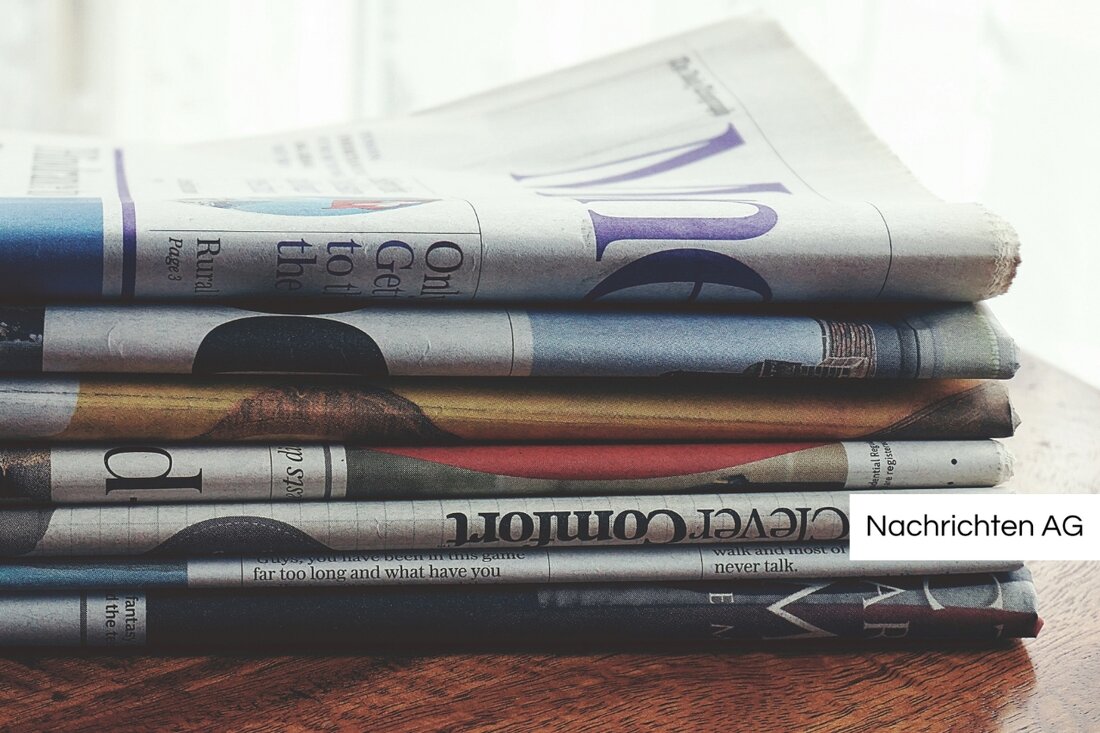Rhubarb leaves: toxic or useful? So use them correctly!

Rhubarb leaves: toxic or useful? So use them correctly!
In early summer, large amounts of rhubarb are harvested, which often land unused on the compost. But according to information from Ruhr24 represent that not only protects the soil from drying out, but also suppressed weeds.
garden owners have the option of laying out the rhubarb leaves on the desired surfaces right after the harvest. Over time, they break down and contribute to improving the soil. The flower of the rhubarb is even edible, whereas the leaves are to be poisonous due to a high content of oxalic acid. Consumption of the leaves can cause health problems such as abdominal pain and kidney stones, which is why they should never be eaten.
mulch with rhubarb leaves
The method of manufacturing fertilizers or pesticides made of rhubarb leaves is recommended by some garden bloggers, but there is no scientific evidence of their effectiveness. There is no standardized method to create an effective fertilizer from rhubarb leaves. In the best case, the ingredients of the leaves can work in the ground, but the concrete effects on plant growth or defense against pests have not been sufficiently researched.
The use of the rhubarb leaves as mulch, on the other hand, has proven itself. According to Gartenmoni , garden owners can produce mulch rings out of rhubarb leaves in three steps and to improve their plants.
The mulch itself is a common practice that does not only apply to rhubarb. In other plants such as berry bushes, it is important to consider some aspects. My beautiful garden , for example, recommends that when using lawn cut, it is as free as possible of wild flower seeds and weeds. A layer of mulch that is too thick can block the air exchange, which can lead to putrefaction.
Overall, it shows that rhubarb leaves are an environmentally friendly and useful resource when used as mulch. But caution is advised: their toxicity should not be disregarded, and the use as fertilizer remains experimental.
| Details | |
|---|---|
| Ort | Kein spezifischer Ort oder Adresse genannt. |
| Quellen | |
